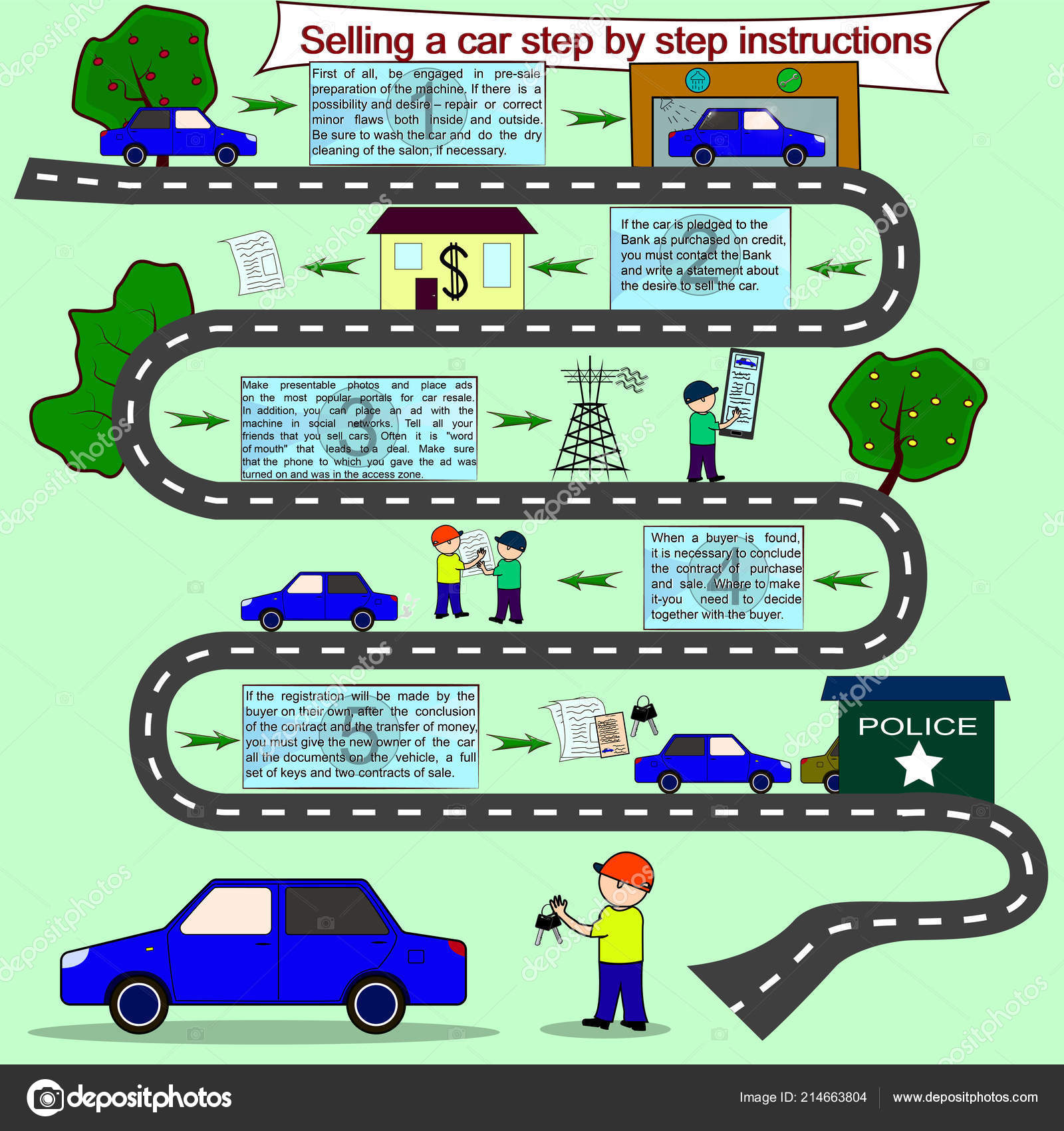Comprehending The Meaning Behind Your Automobile'S Warning Lights: An Extensive Look
Comprehending The Meaning Behind Your Automobile'S Warning Lights: An Extensive Look
Blog Article
Post By-Hartley Dalgaard
When you're behind the wheel, those beautiful caution lights on your dashboard can be a little bit complicated. Do you recognize what they're trying to inform you concerning your auto's health and wellness? Comprehending the relevance of these lights is crucial for your safety and security and the long life of your car. So, the next time one of those lights turns up, would not you want to analyze its message precisely and take the essential steps to resolve it?
Common Warning Lighting and Interpretations
Identify usual caution lights in your auto and comprehend their meanings to ensure risk-free driving.
The most common warning lights include the check engine light, which signifies issues with the engine or discharges system. If this light begins, it's critical to have your vehicle inspected promptly.
The oil pressure warning light shows reduced oil stress, requiring prompt focus to prevent engine damage.
A flashing battery light might suggest a damaged billing system, potentially leaving you stranded otherwise addressed.
The tire stress monitoring system (TPMS) light signals you to reduced tire stress, impacting vehicle security and gas effectiveness. Neglecting this might lead to hazardous driving conditions.
The abdominal light shows a trouble with the anti-lock stopping system, jeopardizing your ability to quit promptly in emergencies.
Last but not least, the coolant temperature level advising light warns of engine getting too hot, which can cause severe damages if not resolved quickly.
Understanding these typical caution lights will aid you resolve problems promptly and maintain risk-free driving problems.
Significance of Prompt Focus
Understanding the common warning lights in your automobile is only the very first step; the significance of promptly attending to these warnings can not be stressed sufficient to guarantee your safety and security on the road.
When a warning light illuminates on your dashboard, it's your vehicle's way of interacting a possible issue that needs attention. Ignoring https://www.kbb.com/car-advice/lease-car-return-tips/ can result in extra severe problems down the road, compromising your safety and security and possibly costing you extra in repairs.
Trigger interest to warning lights can stop breakdowns and crashes. For example, a blinking check engine light can indicate a misfire that, if left unattended, might cause damage to the catalytic converter. Addressing https://brake-shops96173.weblogco.com/32204972/mobile-cars-and-truck-outlining-convenience-satisfies-quality-for-your-car can conserve you from a pricey fixing.
Similarly, a brake system warning light might signify low brake fluid or used brake pads, critical components for your safety when driving.
Do It Yourself Troubleshooting Tips
If you notice a caution light on your control panel, there are a couple of do it yourself fixing tips you can attempt before looking for specialist help.
The primary step is to consult your auto's handbook to recognize what the specific caution light shows. Often the issue can be as simple as a loosened gas cap activating the check engine light. Tightening the gas cap might resolve the problem.
An additional typical concern is a reduced battery, which can cause different warning lights. Inspecting the battery connections for rust and ensuring they're safe might repair the trouble.
If a warning light continues, you can try resetting it by disconnecting the automobile's battery for a few minutes and after that reconnecting it. Furthermore, examining your automobile's fluid degrees, such as oil, coolant, and brake liquid, can assist troubleshoot advising lights related to these systems.
Final thought
Finally, comprehending your car's caution lights is vital for maintaining your lorry running smoothly and safely. By immediately dealing with these signals and knowing what they mean, you can stay clear of costly repair work and prospective break downs.
Remember to consult your auto's guidebook for particular information on each warning light and do something about it appropriately to make sure a hassle-free driving experience.
Keep informed, stay secure on the road!
